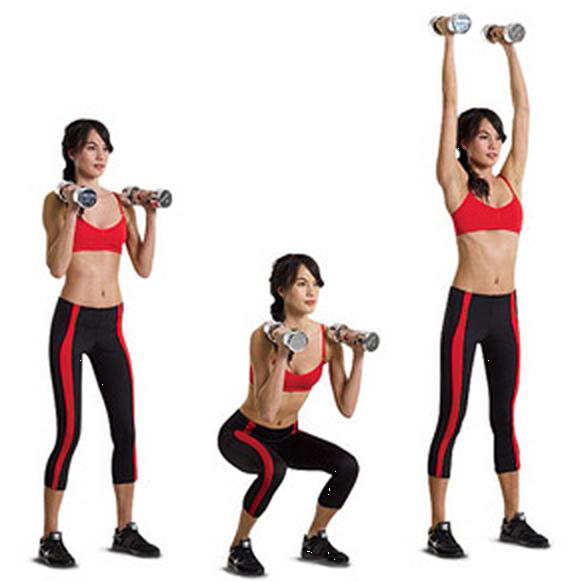Recovering from a knee replacement is a journey that doesn’t end when physical therapy sessions do. While surgery and rehabilitation are essential first steps, long-term recovery and return to full function often require ongoing guidance and structured exercise. This is where a certified personal trainer—especially one with expertise in corrective exercise and senior fitness—plays a critical role.
Extending Progress Beyond Physical Therapy
Physical therapy typically focuses on regaining baseline mobility, reducing pain, and rebuilding initial strength around the knee joint. However, therapy often ends before a person is fully confident in walking, exercising, or returning to an active lifestyle. A personal trainer bridges that gap by continuing the process with individualized programs that address:
-
Strengthening muscles around the knee, hips, and core to improve stability.
-
Restoring balance and coordination, which are crucial for preventing falls.
-
Progressive conditioning, gradually increasing strength and endurance without overloading the new joint.
Building Confidence Through Supervision
After knee replacement, many people feel uncertain about which movements are safe. A personal trainer provides supervision, ensures proper form, and prevents harmful compensation patterns. This hands-on support allows clients to exercise with confidence, reducing the fear of reinjury and promoting consistency.
Improving Functional Fitness
Daily activities like climbing stairs, standing from a chair, or getting in and out of a car can remain challenging after surgery. Personal trainers design programs that mimic real-life movements, ensuring clients regain independence. Functional exercises not only strengthen the replaced joint but also protect other joints by improving posture and movement mechanics.
Promoting Longevity and Joint Health
A personal trainer helps clients adopt a sustainable exercise routine that supports long-term joint health. Regular strength training, low-impact cardio, and flexibility work:
-
Keep weight in check, reducing stress on the new knee.
-
Improve circulation and bone density.
-
Maintain mobility and prevent stiffness.
These benefits contribute to both the success of the knee replacement and overall quality of life.
A Personalized, Holistic Approach
No two knee replacements—or recoveries—are the same. A skilled personal trainer tailors workouts to each client’s unique needs, accounting for age, fitness level, surgical outcomes, and personal goals. Beyond exercise, trainers often provide guidance on lifestyle, posture, and movement habits, ensuring comprehensive support.
Conclusion
Using a personal trainer after knee replacement is not just about exercise—it’s about maximizing the investment in surgery, regaining independence, and living without limits. By extending progress beyond physical therapy, ensuring safe movement, and promoting long-term joint health, a trainer becomes an essential partner in recovery.
My name is Jim Burns and I am a NASM certified personal trainer, and a Senior Fitness Specialist. If you want to really make a difference in your recovery and in your functionality after knee replacement send me an email at besimplyfit23@gmail.com

